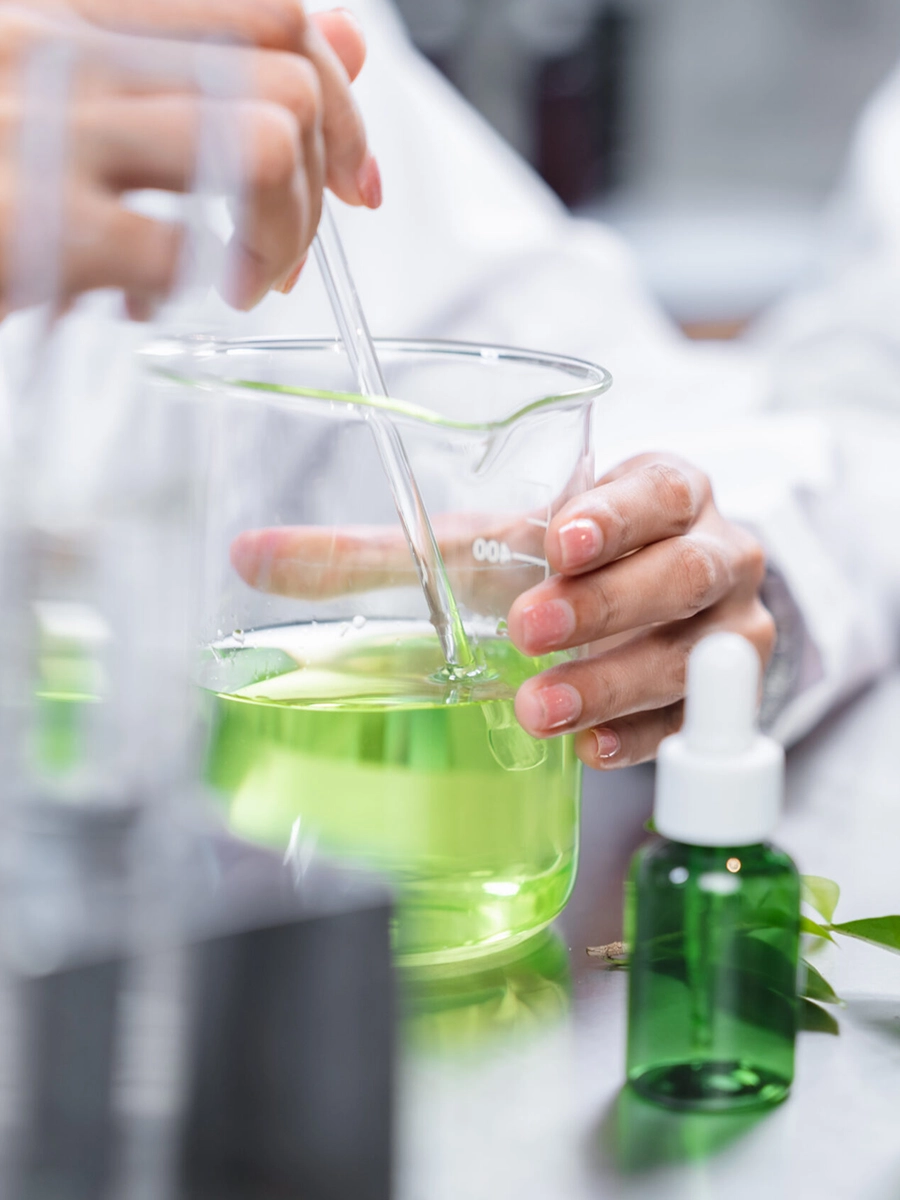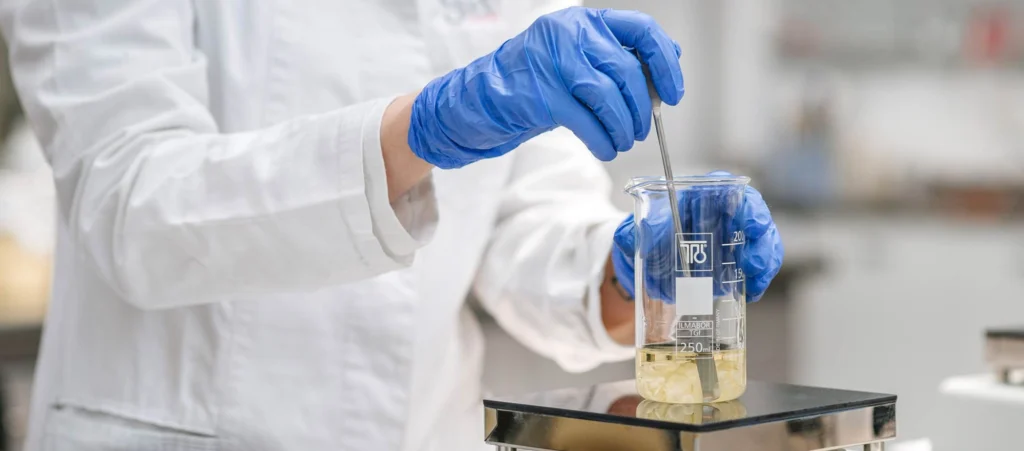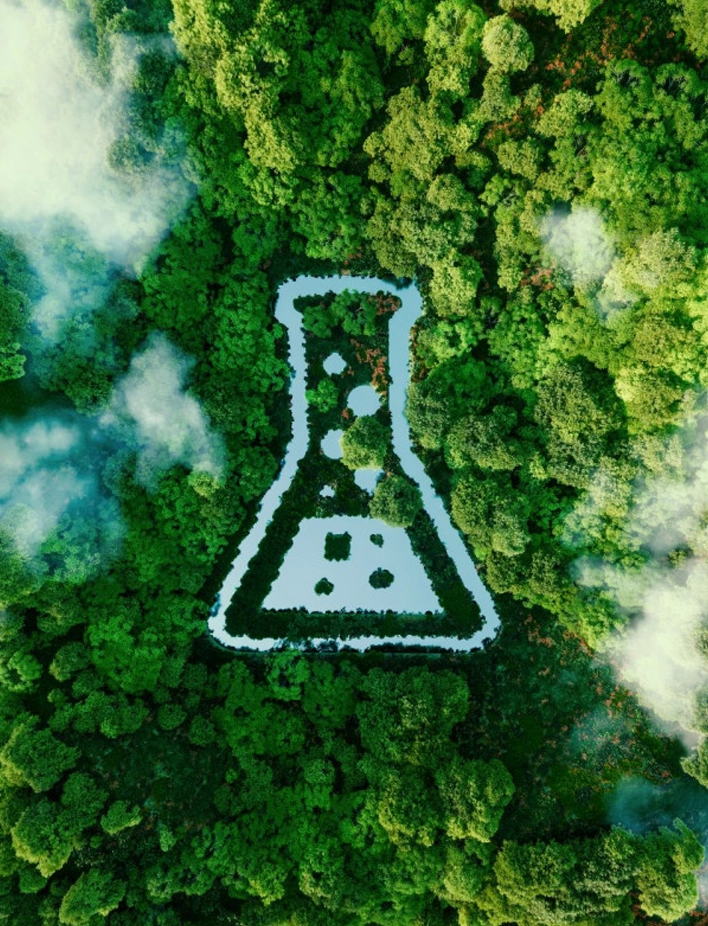
This was Hygienalia 2025
PRODERPHARMACARE® attends Hygienalia 2025 with an impeccable presentation, where product testing has been the main attraction.


According to Regulation (EC) No. 1223/2009 of the European Parliament, a cosmetic product is defined as any substance or mixture intended to be placed in contact with the external parts of the human body for cleaning, perfuming, modifying its appearance, protecting it, or keeping it in good condition.
Cosmetic nanotechnology, through systems such as nanoliposomes, niosomes, and nanoemulsions, has improved the penetration and bioavailability of active ingredients in the skin without compromising skin safety.
| Type of Ingredient | Main Function | Examples |
|---|---|---|
Oil phase | Emollience, texture, occlusion | Esters, silicones, triglycerides |
Water phase | Vehicle, hydration | Purified water, hydrolates |
Emulsifiers | Phase stabilization | Polysorbates, lecithins, PEG |
Preservatives | Microbiological protection | Phenoxyethanol, potassium sorbate |
Cosmetic actives | Functional efficacy | Niacinamide, hyaluronic acid |
Sensory correctors | User experience | Fragrances, colourants, powders |
Cosmetic formulation is not limited to laboratory development; it requires physical-chemical, microbiological, and dermatological testing. Among the most common are:
These strategies integrate the principles of Green Chemistry and sustainable cosmetology, consolidating an ethical and ecologically responsible scientific paradigm.

Regulation (EC) No 1223/2009 of the European Parliament and of the Council on Cosmetic Products.
Tadros, T. F. (2017). Emulsion Formation and Stability. Wiley-VCH.
Draelos, Z. D. (2021). Cosmetic Dermatology: Products and Procedures. Wiley-Blackwell.
OECD Test Guideline 439 (2019): In Vitro Skin Irritation: Reconstructed Human Epidermis Test Method.

In PRODERPHARMACARE®, we base our work and know-how on modern cosmetic formulation, via scientific rigour, technological innovation, and environmental sustainability. Always under the strict regulatory framework in force. For this reason, we position ourselves as a benchmark in sustainable cosmetics, with a commitment to environmental protection and human health, as well as continuous development in the dermocosmetic and professional skin protection sectors.

PRODERPHARMACARE® attends Hygienalia 2025 with an impeccable presentation, where product testing has been the main attraction.

The skin acts as a first line of defence against atmospheric effects. How can you protect your skin from the weather and pollution?